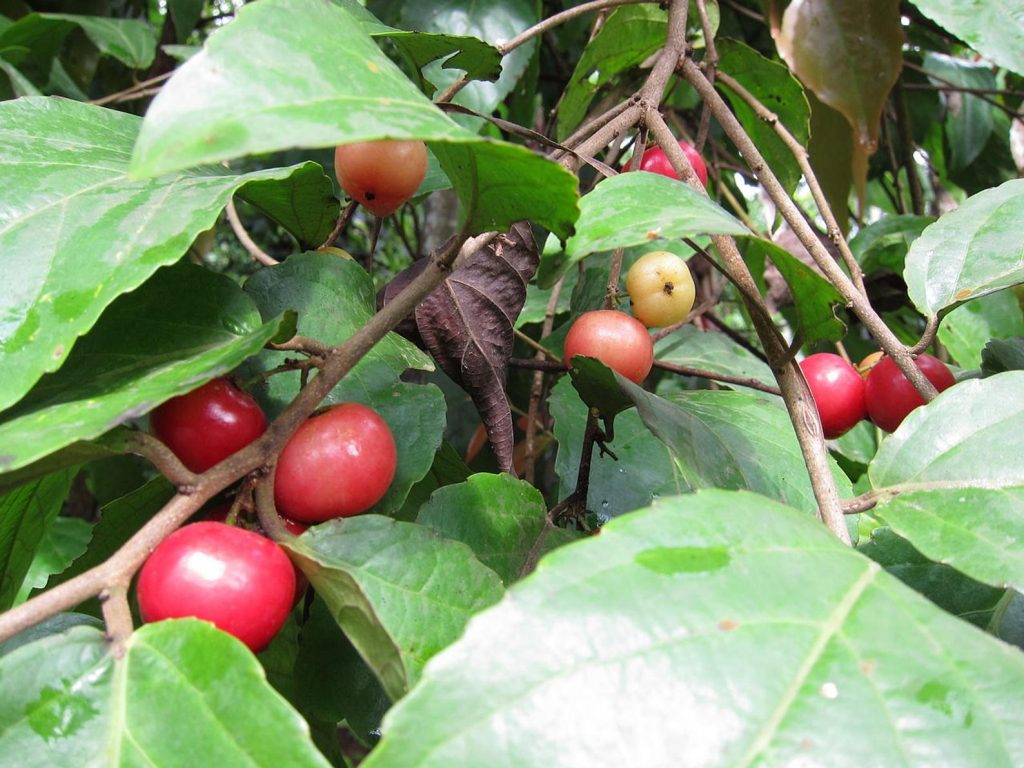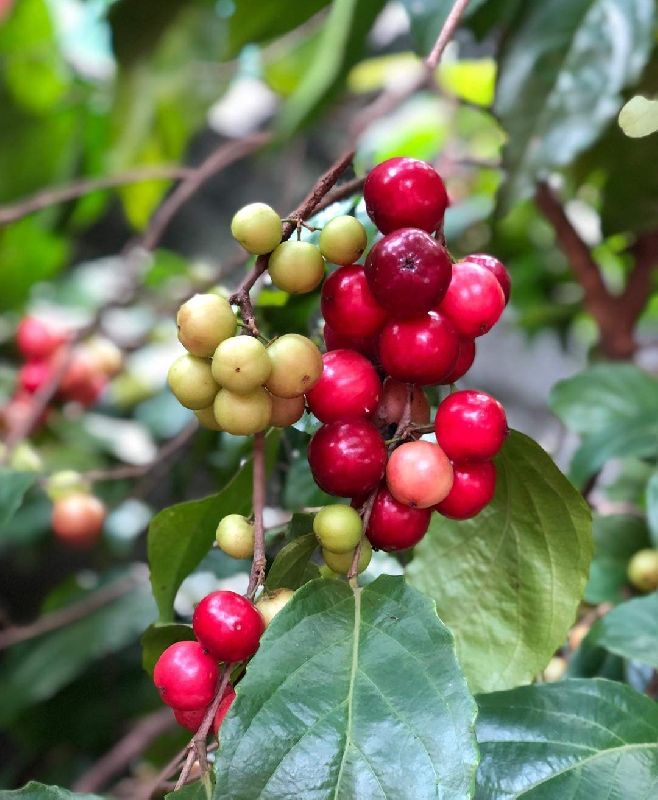
Luvika or Indian coffee plum (Flacourtia jangomas). It is a is a
Indian coffee plum - Scramberry - Flacourtia jangomas tree with lot of fruits#Indianfruit #fruits #fruittree
Erivum Puliyum Loovika(Lololikka) Achar Indian Coffee Plum Pickle
Flacourtia jangomas, the Indian coffee plum, or scramberry, is a lowland and mountain rain forest tree in the Salicaceae or Willow Family. It is widely cultivated in Southeast and East Asia, and has escaped cultivation in a number of places. Its wild origin is unknown but is speculated to be tropical Asia, most perhaps India. This tree is very common in the Southern India and is of culinary.

Flacourtia jangomas Indian Coffee Plum The Seed Vine
Introduction. Flacourtia jangomas (Lour.) Raeush. more familiar as Indian coffee plum is an tropical, semi-wild, and indigenous medicinal fruit grown widely in the South-eastern and Eastern part of Asia (Barbhuiya et al., Citation 2020; Dutta and Borah, Citation 2017).It belongs to the Salicaceae family having sour to astringent taste and is 100% edible.

Flacourtia jangomas Indian Coffee Plum, Runealma Plum Quinta dos
Flacourtia jangomas, or also known as the Indian coffee plum, Indian plum,: 73 or scramberry, is a lowland and mountain rain forest tree in the family Salicaceae. It was once placed in the Flacourtiaceae family. It is widely cultivated in Southeast and East Asia, and has escaped cultivation in a number of places. Its wild origin is unknown but is speculated to be tropical Asia, most perhaps India.

Flacourtia jangomas Indian Coffee Plum Runealma Plum 10 Etsy
Indian Coffee Plum, Indian Cherry, Runealma Plum Family: Salicaceae (Formerly:Flacourtiaceae) Origin: Southeast Asia. Flacourtia jangomas (Indian Coffee Plum), native to Southeast Asia, is a hardy plant that can take full sun or semi-shade and requires regular to moderate water. It takes on a large shrub form, reaching 5-10 feet in height, or a.

Flacourtia jangomas Indian Coffee Plum The Seed Vine
Flacourtia jangomas, or also known as the Indian coffee plum, Indian plum,: 73 or scramberry, is a lowland and mountain rain forest tree in the family Salicaceae. It was once placed in the Flacourtiaceae family. It is widely cultivated in Southeast and East Asia, and has escaped cultivation in a number of places. Its wild origin is unknown but is speculated to be tropical Asia, *most perhaps.

Droifie, The Fruit Indian coffee plum, Runeala Plum, Par… Flickr
A small, evergreen tree with simple leaves and smallish flowers followed by cherry-sized, firm, bright red fruits that are edible, with a pleasantly acidic flavor. They are a popular treat in eastern Asia. The plant has a superficial resemblance to a coffee shrub but is entirely unrelated. Flacourtia jangomas is easily cultivated in the tropics.

Rare Loobi/Flacourtia jangomas Indian coffee plum (lubica/lovlolika
When Only Fresh Coffee will do - Buy Direct from the Best Small-Batch Roaster in America!

Flacourtia jangomans Indian Coffee Plum Seeds
Flacourtia jangomas - Indian Coffee Plum. $ 5.00 - $ 10.00. Flacourtia jangomas ( Indian Coffee Plum ) is a small, deciduous tree native to India and south east Asia. The tree produces a sweet tasting berry which is popular in India, northern Africa and the Caribbean. Indian Coffee Plums are eaten raw or made into jams, drinks and added to.

Indian coffee plum Scramberry Flacourtia jangomas YouTube
In Feng Shui, the indian coffee plum is believed to bring harmonious energy when placed in the south. The leaves symbolize the continuous ebb and flow of wealth energy, while the fruits attract prosperity. However, individual interpretations may vary, hence the appropriateness should be personally discerned.

Flacourtia jangomas Indian Coffee Plum The Seed Vine
Common names of F. jangomas are Coffee plum, Indian plum, Manila cherry, and Paniala. Aerial parts of the plant are used in the treatment of diabetics, asthma, anemia, and antibacterial, antidiarrheal, and antioxidant activities.

Lubikka Flacourtia jangomasIndian plumcoffee plum YouTube
Flacourtia jangomas, the Indian coffee plum, or scramberry, is a lowland and mountain rain forest tree in the family Salicaceae. It is widely cultivated in Southeast and East Asia, and has escaped cultivation in a number of places. Its wild origin is unknown but is speculated to be tropical Asia, most perhaps India. This tree is very common in the Southern India and is of culinary and medical.

Lukluki (লুকলুকি, টরফই, পাইন্যাগুলা), Tipa Fol (টিপা ফল) Indian Plum
Flacourtia jangomas, Indian coffee plum, is a lowland and mountain rain forest tree in the Salicaceae or Willow Family. It is widely cultivated in Southeast and East Asia, and has escaped cultivation in a number of places. Its wild origin is unknown but is speculated to be tropical Asia, most perhaps India. This tree is very common in the Southern India and carries immense culinary and medical.

Flacourtia jangamas Indian Coffee Plum 5 Seeds seeds
Raeush. more familiar as Indian coffee plum is an tropical, semi-wild, and indigenous medicinal fruit grown widely in the South-eastern and Eastern part of Asia (Barbhuiya et al., 2020; Dutta and Borah, 2017). It belongs to the Salicaceae family having sour to astringent taste and is 100% edible. Various traditionally produced jams, jellies and.

Natural Indian Coffee Plum, Packaging Type Paper Box, Jute Bag at
Ingredients. 2 kg of Indian coffee plum (lololikka) 1 ½ kg of brown sugar / sugar. One fistful each of cardamom, cloves, cinnamon, and star anise. 2 litres of water. Preparation. Wash coffee plum and wipe them dry. Heat a pan with water and add brown sugar, cardamom, cloves, cinnamon and star anise. Boil the contents in the pan to enable the.

Indian Coffee Plums Stock Photo Download Image Now Freshness, Fruit
Common name: Coffee Plum, Indian cherry, Indian plum, rukam, runeala plum • Hindi:. Coffee Plum is small, deciduous tree, growing to 6-10 m tall. Trunk and branches are commonly thornless in old trees, but densely beset with simple or branched, woody thorns when younger. Bark is light-brown to copper-red or pinkish-buff, flaky.